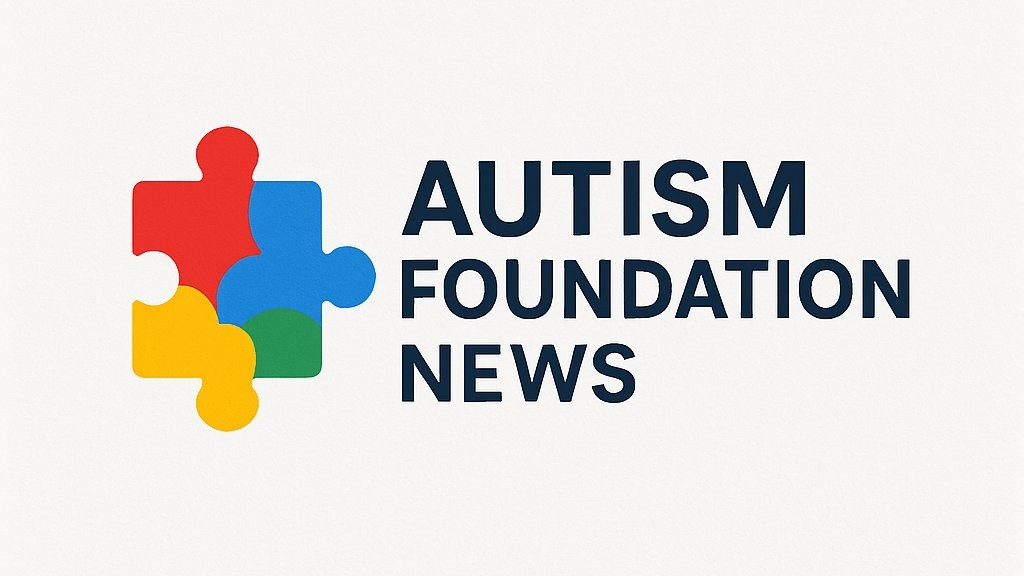
Understanding the Importance of Staying Present
In challenging moments, the ability to remain present can feel daunting yet profoundly transformative. Mindfulness encourages us to acknowledge our pain and discomfort rather than sidestep them. Research suggests that this approach can significantly reduce the intensity of our experiences. For those navigating life with autism, cultivating mindfulness may serve as an essential tool to manage emotional stress and sensory overload.
The Science Behind Mindfulness and Emotional Resilience
Studies have revealed that mindfulness-based practices, such as Mindfulness-Based Relapse Prevention (MBRP), show remarkable efficacy in various situations, particularly in individuals struggling with addiction. These practices teach individuals to confront cravings directly instead of resorting to avoidance tactics. In a compelling study, participants undergoing MBRP demonstrated a significant decrease in substance use compared to those receiving traditional cognitive-behavioral therapy. This trend highlights not only a therapeutic advantage but also hints at an underlying capacity for self-regulation cultivated through mindfulness.
Pain Management Through Mindfulness
One of the most insightful findings in mindfulness research relates to pain management. Neuroscientific studies led by Fadel Zeidan have demonstrated that consistent meditation alters brain functions associated with pain perception. Increased activity in areas responsible for pain regulation—the anterior insula and the anterior cingulate cortex—was observed among meditators, suggesting a deeper, more effective interaction with painful sensations. This may be particularly important for individuals with autism who often experience heightened sensory sensitivity and distress.
Emotional Regulation and the Brain
Understanding how mindfulness impacts emotional regulation can be incredibly empowering. Mindfulness practices have shown a capacity to decrease activity in regions of the brain linked to stress and fear, such as the sympathetic nervous system and the amygdala. This translates into a robust decrease in the intensity of emotional reactions, fostering healthier responses to stressors. For parents and caregivers, encouraging mindfulness in individuals with autism may help reduce impulsive behaviors and foster greater emotional flexibility, leading to improved interactions and overall well-being.
Practical Mindfulness Techniques for Everyday Life
Incorporating mindfulness into daily routines can be straightforward and impactful. Simple techniques such as focused breathing, body scans, and mindful walks can serve as practical avenues for individuals on the spectrum to anchor themselves amid sensory overwhelm or emotional distress. These practices not only enhance self-awareness but also build resilience against stressors. Engaging in guided meditations, like the one offered by Ed Halliwell, can provide additional support by facilitating a gentle way to navigate discomfort. By integrating these techniques into their lives, individuals with autism, along with their families, can foster deeper connections and a more profound understanding of their experiences.
The Journey Towards Mindfulness
Adopting mindfulness is not merely about practicing techniques; it’s about transforming one’s relationship with discomfort and adversity. The journey toward staying present through difficult times is one that requires patience, compassion, and practice. For individuals with autism, this can lead to significant improvements in coping strategies and emotional regulation, paving the way for a more enriched life experience. Awareness and understanding among parents and caregivers are crucial—supporting their loved ones as they navigate their unique challenges, enhancing the quality of each interaction.
Through mindfulness practice, individuals can discover that even during the most challenging times, they possess the capacity to find calm and clarity. It’s through these small steps of acceptance that the larger process of healing unfolds.
 Add Row
Add Row  Add
Add 




Write A Comment